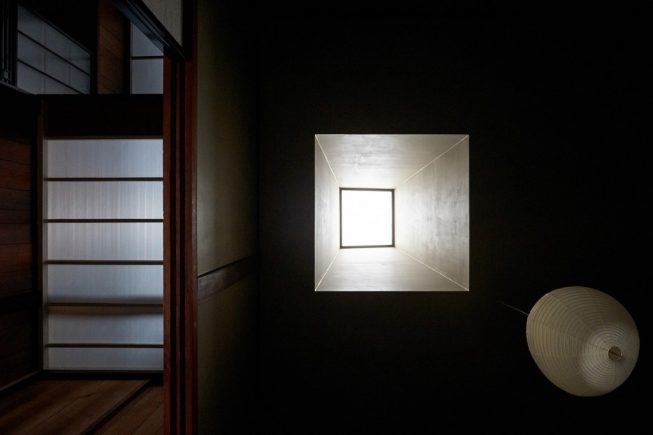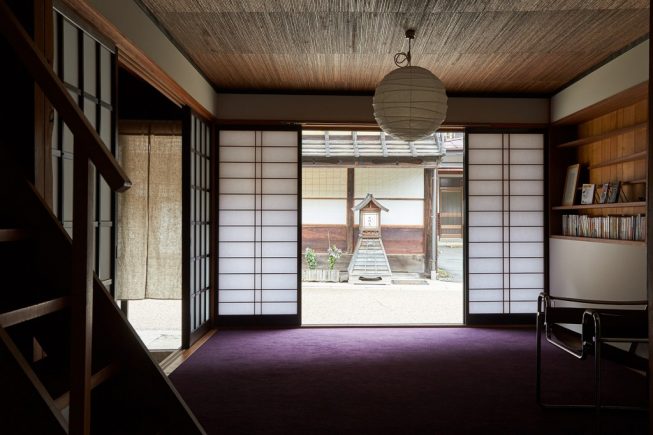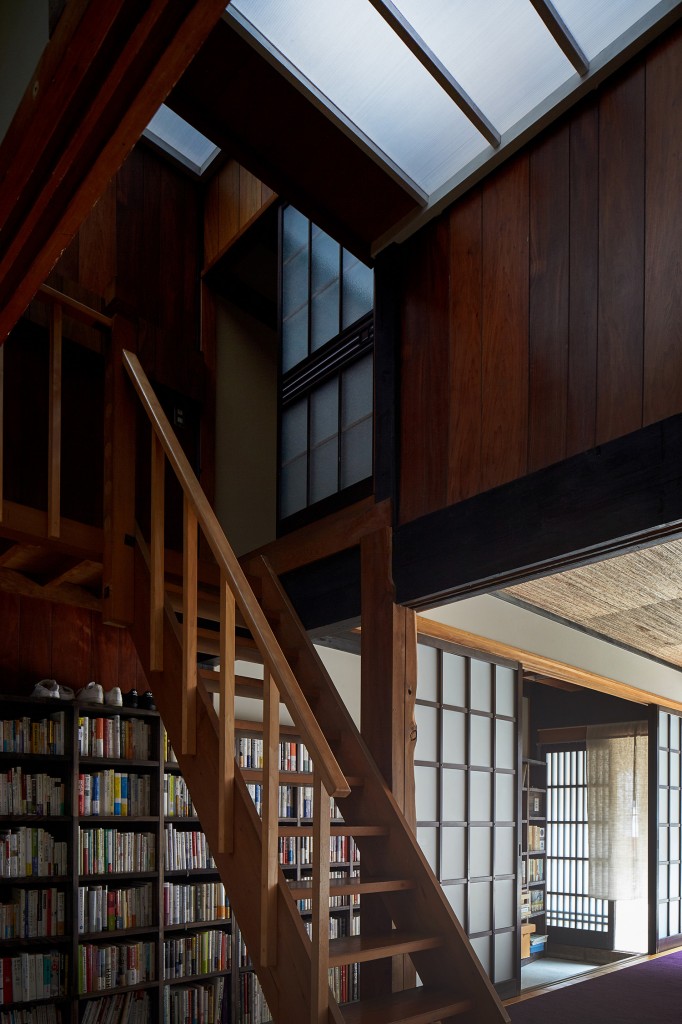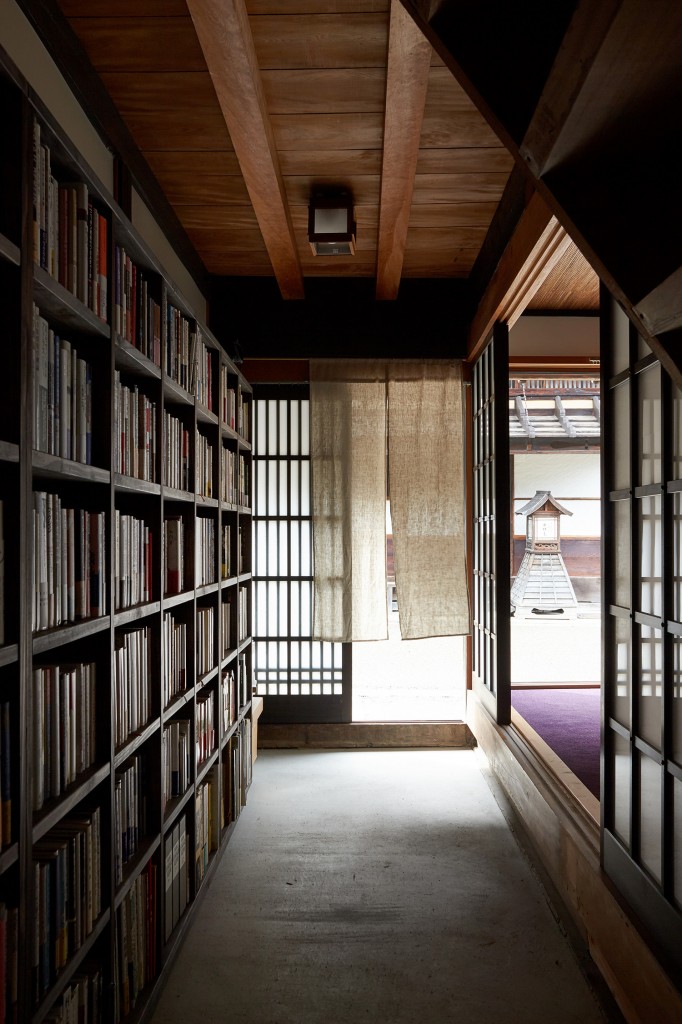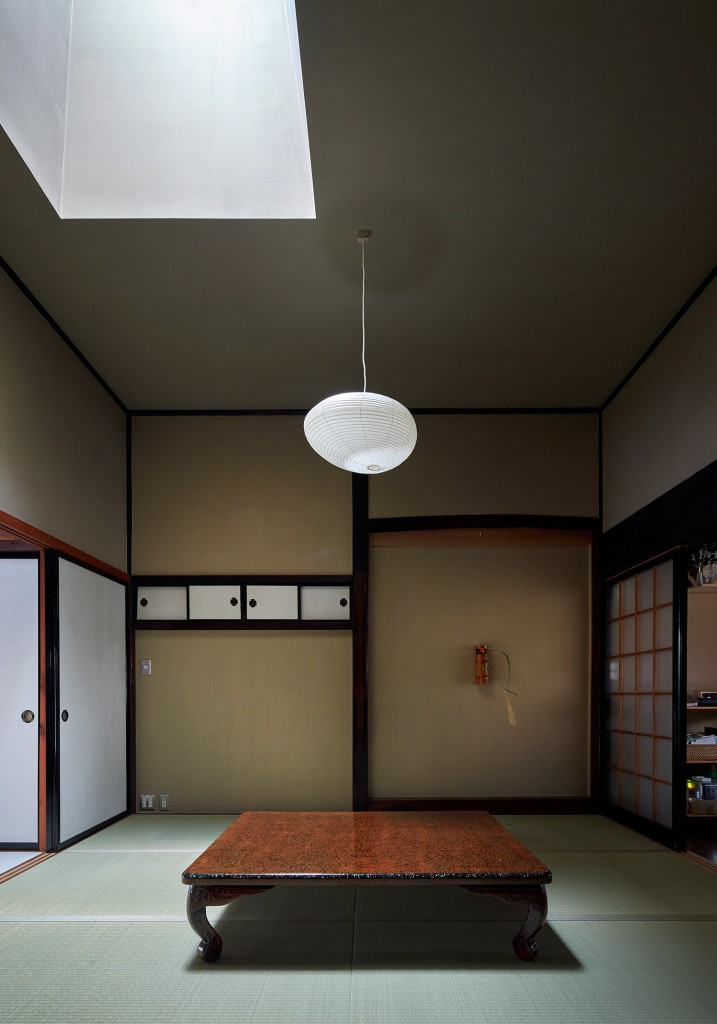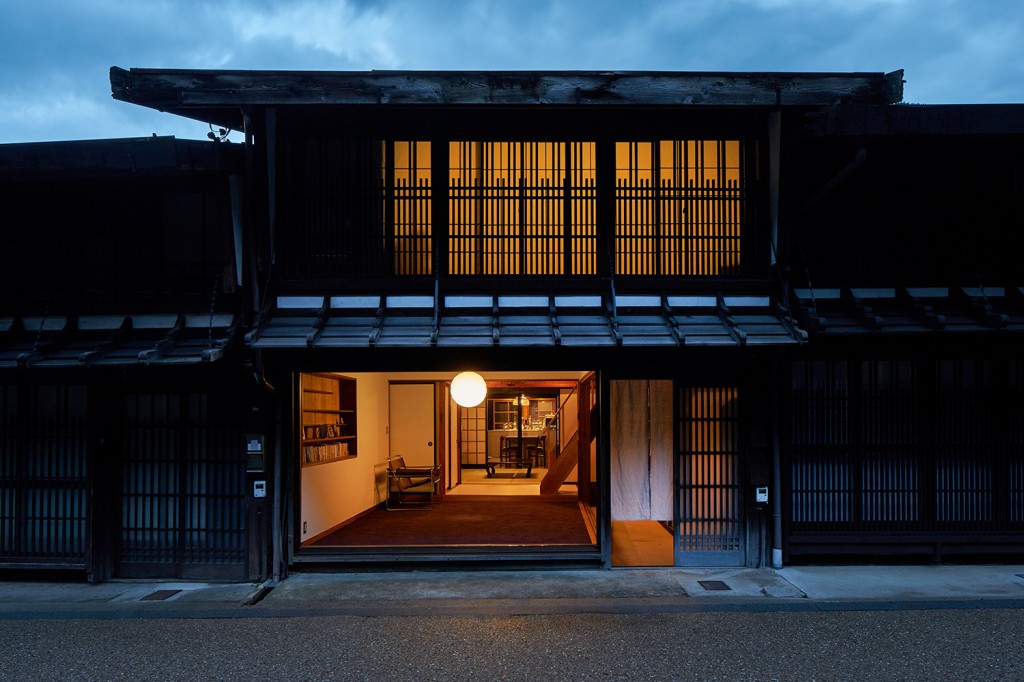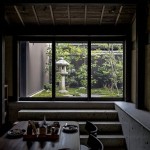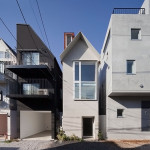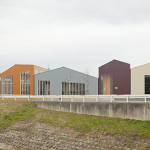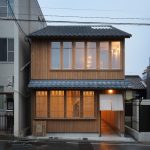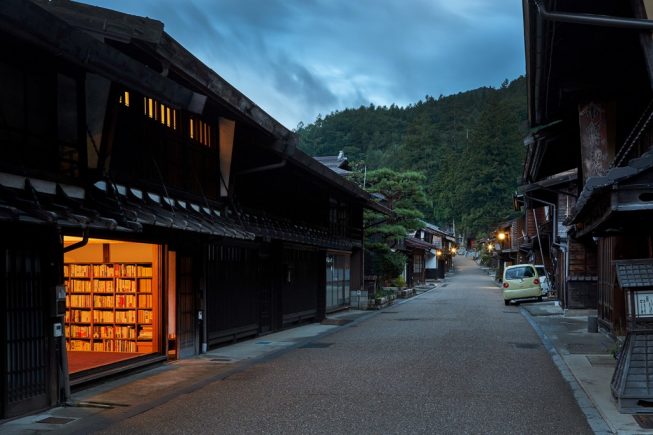
Narai-juku is a historic, picturesque part of Nagano that retains a historical row of Edo-period townhouses, or machiya. It was 34th of the 69 stations of the Nakasendo route that connected Edo to Kyoto and sits at the highest elevation of all stations. Steeped in history, Narai-juku is a nationally designated architectural preservation site with a grant system in place for renovations. But people aren’t exactly lining up to live here.
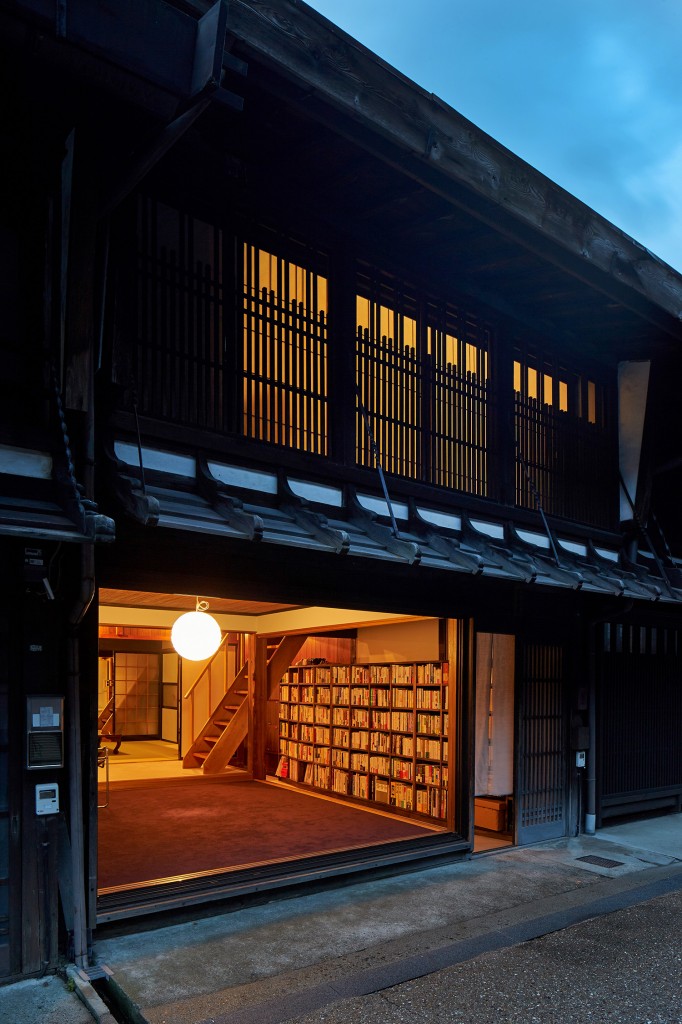
Various hurdles exist for potential owners such as extensive regulations around what you can and can’t do. And the poorly insulated homes don’t hold up very well during the winter months either. In fact, according to Tsubame Architects, who recently undertook a renovation project of a Machiya in the area, roughly 1/3 of the quaint homes are unoccupied. But the architect’s project could help lay the blueprints for sustainable renovations and ownership.
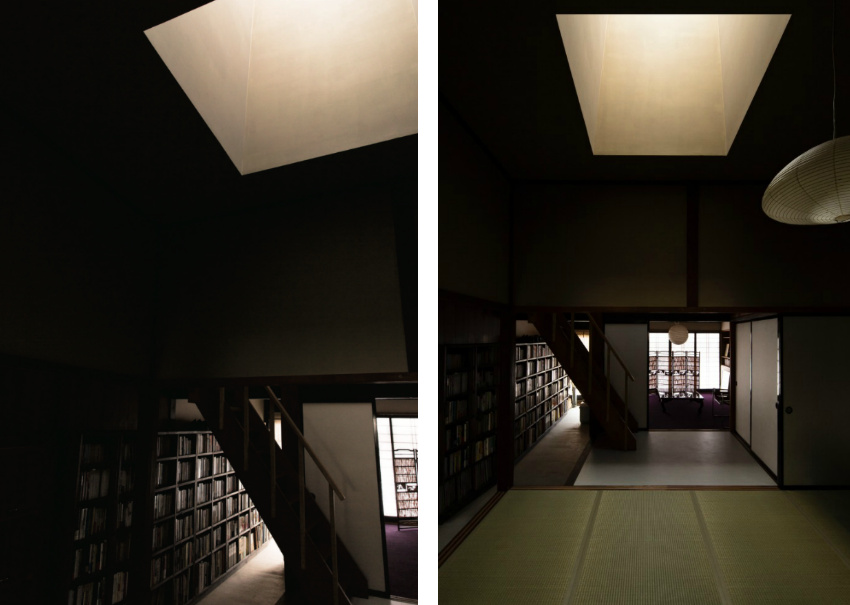
Titled Machiya with a Skylight and completed in 2018, Tsubame Architects pulled off a minimally invasive renovation that maximized all the natural lighting that they could. Light pours into the structure from a skylight above while the entrance allows for substantial light as well. The architects decided to compartmentalize the home into 2 spaces: the fuyunoma, or winter space, would be situated towards the back and padded with sufficient insulation to survive the cold winter. The front entrance of the home was designated as natsunoma, or summer space, and a bookshelf stacked with hundreds of books invites visitors to stop by.
The owner now lives in this space where light and seasons continuously breath life into the old machiya.
